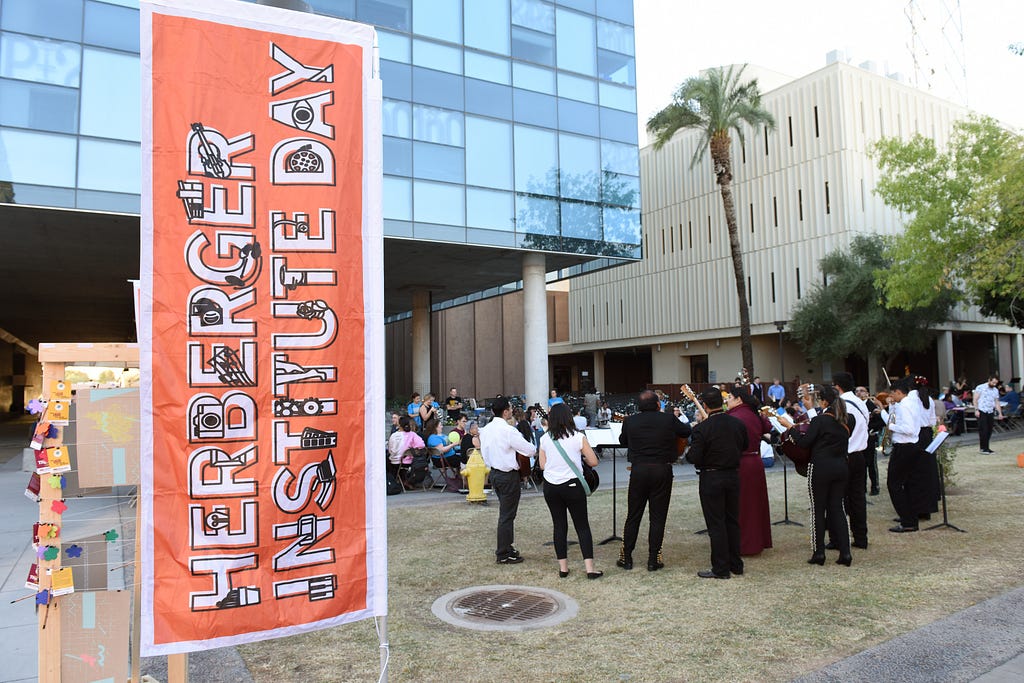Table Of Content
Before you run out and buy fruit trees for your homestead orchard you should consider what the growing conditions are like where you are going to plant them. There are 4 things that you should look into before choosing a spot to start growing your orchard. Most fruit trees require 6-8 hours of sunlight for good growth and fruit ripening, although as a general rule of thumb, cooking varieties require fewer hours. So it’s useful to know how much sun the site receives in the growing season and whether there are any shady spots.
How much space do I have?
No matter how good your planning and planting techniques, one thing is certain – trees and bushes want to grow, and to keep them in check they need pruning. Deciduous trees are normally pruned in winter, when they’re dormant, because this results in less stress to the tree and promotes vigorous new growth come springtime. Plus, there are hundreds of apple varieties to choose from, so you can pick ones that suit your tastes.
Orchard Trellis Systems
Cherry trees are beautiful and produce delicious fruit that can be eaten fresh, baked into pies, or processed into juice. They also tend to be resistant to many pests and diseases, making them a low-maintenance option. Fruit trees and bushes are important on the homestead, with minimal effort they can supply your family with many pounds of produce every year. Unfortunately, growing fruit is often one of the most neglected things on a homestead, especially on a small homestead.
Pest and Disease Management
Grab a copy of my Orchard Design Guide to take the first step and map out the orchard layout. Of course, this is just the beginning of what we’ll consider as we plan the new orchard, but having the answers to these first questions is a great start. Husband-extraordinaire and I have our individual favorites, so we’re each going to sketch out two orchard plans each. Do your research beforehand to find the best nurseries in your area, and don't be afraid to ask for recommendations from other homesteaders or local gardening groups. This lightweight netting is designed to protect fruits and berries from damage. Having a map with you and aiming to be on site around midday will help you to determine where south is, and how sunny the site is when the sun is at its highest point.
Get gardening tips, gardening tool reviews, planting guide at ThumbGarden.com!
So think about it, if you want to start a permaculture orchard, you could plant a nursery ahead of time by using a 10ftx10ft (3mx3m) spot in your backyard. Plan now, gather your mother plants from which you can take cuttings or scions for grafting, contact people in your area doing similar projects, and learn from them. You could grow just below 1000 trees in that small area (If you have trees in each of the pots, you should yield 900 trees).

Early, mid and late varieties should be present in the garden to have fresh fruit throughout the warm season and still have processed fruit ready for winter. You need 1 quince (on which you can later graft another variety or other varieties), 2-3 plums. Evans Manufacturing has been working alongside farmers for decades, collaborating with orchard growers to develop innovative solutions to trellis challenges.
Pecan nuts: how to plan an orchard and prepare the soil - Farmer's Weekly SA
Pecan nuts: how to plan an orchard and prepare the soil.
Posted: Tue, 06 Mar 2018 08:00:00 GMT [source]
Installing a drip irrigation system can help conserve water and ensure that your fruit trees receive a consistent and adequate water supply. Proper irrigation is especially important during the fruiting season to prevent stress and ensure the development of juicy and flavorful fruits. Planning a fruit and berry orchard is responsible for determining the future availability of delicious and varied fruits and berries for your family. Therefore, you should (as the saying goes) take your time in planning your plot, and this article will describe how to layout fruit tree orchard design. Espalier trellises allow you to plant apple trees in tight rows, maximizing space and enabling you to produce greater fruit yields in your backyard. The real difference is that with sprinkler irrigated trees, more water is applied at once, it is stored in the soil for 2-3 weeks before the next irrigation, and the entire area is watered.
That is the only way to get an overall idea of the end result, based on your preferences and the context. With this hugely diverse amount of crops, trees, bushes, shrubs, and plants, you might wonder how Stefan makes sense of the countless plants growing. Citrus orchards are generally referred to as groves, but don’t let that stop you! If you have the climate for citrus fruits, dwarf varieties in containers can take up very little space and produce an awful lot of fruits.
Water quality may be an issue in parts of California with salt, or mineral excess problems. Irrigation water should be tested for its mineral content to avoid toxicity to plants if there is a problem expected. No research supports the use of wound sealing or tree sealant materials on pruning cuts; leave them exposed to air dry after pruning. Folding ladders and extension ladders are unsafe and not designed for unstable ground or tree work. An orchard (tripod) ladder is the only ladder considered acceptable and safe, even on hillsides and uneven ground. In this guide, I’ll show you step-by-step how I’ve done it on my property when I was starting from scratch.
Some gardeners have reported success with ultra high-density planting. For instance, you could grow two to four plants inches (30-45cm) apart in the same planting hole. If you plan to use this technique choose trees grown on a similar rootstock so that very vigorous plants don’t bully more delicate ones. The trees will also need careful pruning to prevent them becoming congested in the centre.
A rooting depth of 3 ft., loam soil, and a daily water use (ET) of 0.25 in/day in July. Some old trees have arisen from seed or as suckers from the rootstock or root system below the graft union. With few exceptions, these trees are typically inferior to named varieties and do not justify your efforts, especially if your reason is fruit production. Packing more fruit into the space you have available means thinking beyond the traditional. Forget block planting at wide spacings – instead, incorporate your fruiting plants into your overall garden design.














